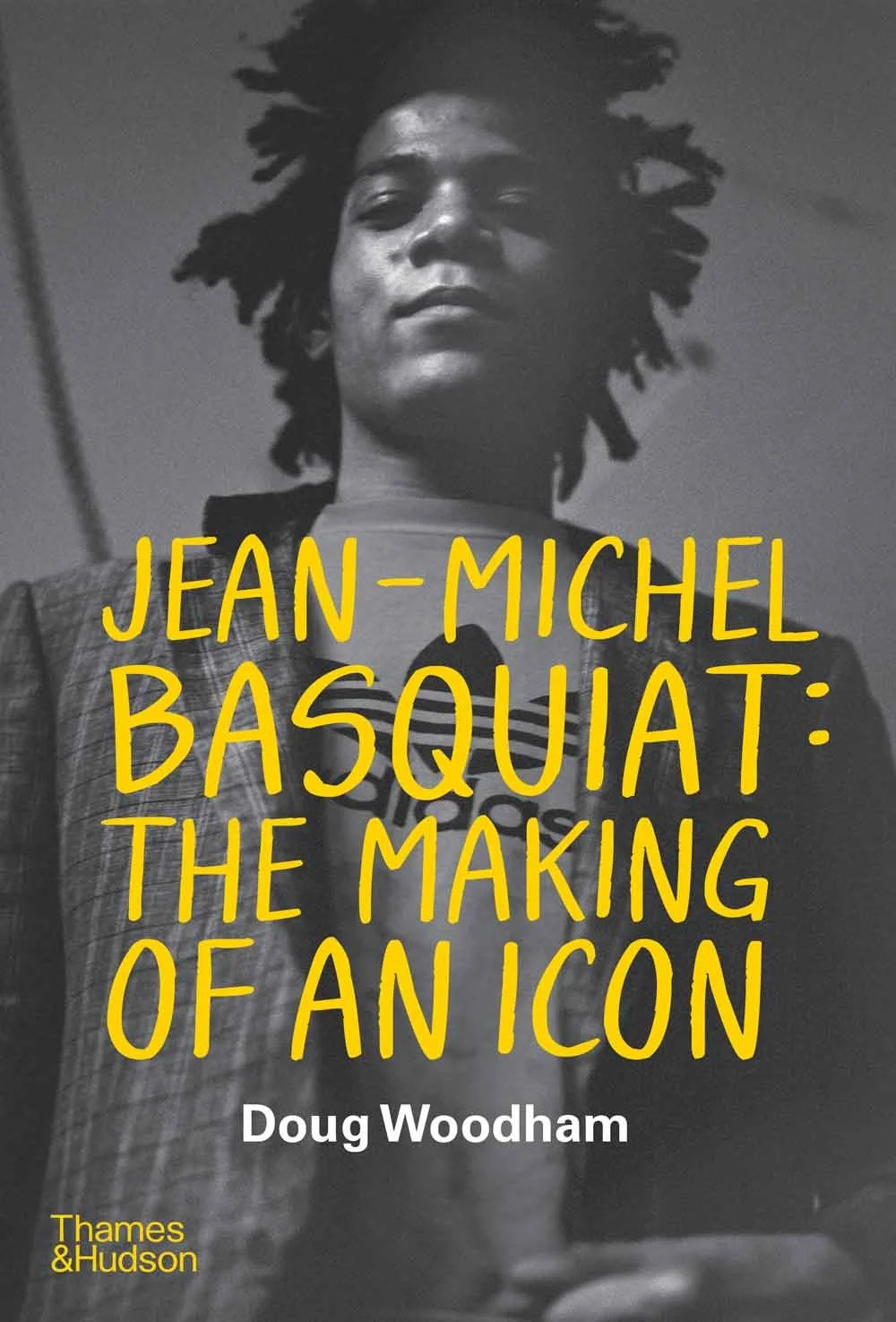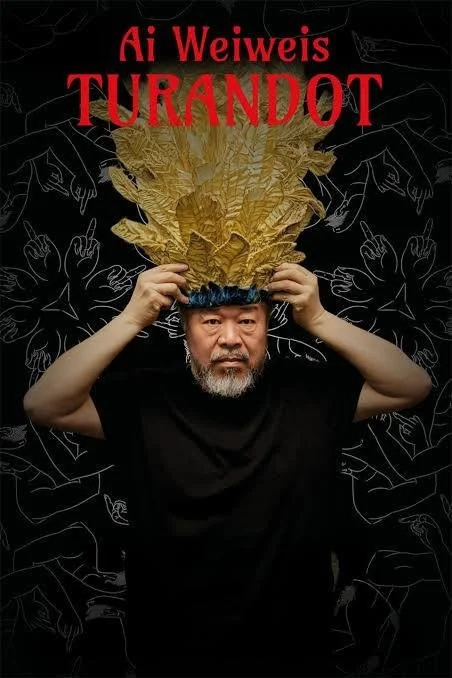Giacomo Guidi
Scholar of Contemporary Phenomena at Contemporary Cluster
Via Odoardo Beccari 8 -10 - 12, 00154 Rome, Italy
@contemporary_cluster
You were born and raised in Rome. How has your upbringing there influenced your artistic perspective? From a young age, I was fortunate to travel extensively thanks to the sport I practiced — I was on the national fencing team — and this allowed me to develop personal taste and to understand the contemporary beyond Italian borders. Rome played a fundamental role in my education: I’ve always been fascinated by its history and, in particular, by the Situationist phenomenology that emerged between the Sixties and Seventies. At that time, the city was a crossroads of daily artistic interactions: galleries were true hubs of reception and contamination, frequented by creatives from all fields.
What sparked your initial interest in studying art, and when did that curiosity shift into a conscious decision to pursue it as your life’s work? Since I was a child, I’ve been drawn to the history of my city and the figures who passed through it. One person who had a strong impact on me is Mario Schifano. His transversal approach, his omnivorous nature, and the way he moved between Rome, New York, the Rolling Stones, and princesses made him a point of reference for me. I've always had a deep passion for creativity itself: what interests me most is being a support for artists, helping them expand their creative phase, perhaps pushing them toward territories they haven't yet explored.
What does your typical day look like? What do you love most about your work? I dedicate half of my day to scouting and research — essentially study — and the other half to gallery work: meetings, managing collectors, dialogue with artists, exhibition planning, and organizing art fairs. The part I love most is definitely the creative one: conceiving and visualizing a project together with the artist.
Are there any collections, acquisitions, or projects you're currently working on that you're especially excited about? We are currently working on programming the next season, which will mainly focus on solo exhibitions by artists who are significant to the gallery, such as Lorenzo Montinaro and Giuseppe Lo Cascio. We are also preparing for two major international fairs: Copenhagen in August and Art Athina in September.
The work of art most important for me is… If I had to choose an iconic artwork, I would say Innocent X by Francis Bacon,
because it perfectly synthesizes the ancient and the contemporary, crossing through the concept of temporality.
Which artists, past or present, would you like to meet? And why?
I would have loved to meet Schifano in person. He was a pivotal artist for me. I love the literature and music of those years, and that idea of Rome — which no longer exists — continues to fascinate me. I often let my imagination wander, thinking about what it must have meant to work during that era, in a city that was truly at the center of the world's attention.
How do you discover and evaluate artists or artworks for your clients? What criteria are you most focused on—investment value, emotional connection, aesthetics? For me, the artwork is always secondary to the artist. My collectors shouldn't just buy a piece, but rather enter the artist’s universe. Certainly, there is a suitable artwork for every collector, but what truly matters is the artist’s way of seeing the world. Understanding this means developing a genuine desire to possess. That is the added value of being a gallerist: anyone can be a dealer, but few can be gallerists.
A great thing about living in Rome is…
Living in a city with such a significant history, and feeling part of it, is something essential to me.
In your view, what role do art advisors play in shaping how collectors engage with contemporary art and social issues? How do you help clients think beyond aesthetics when buying art?
I believe there are too many figures in the art system today. The gallerist should reclaim a central role: they are the true translator, the mediator between the artist’s studio and the public. They are the one who allows the invisible to become visible, giving form and voice to what would otherwise remain hidden in the studio. Advisors can be good counselors, but it's the artist who draws the line. As I said earlier, the collector must enter the artist’s creative sphere, understand their urgency and motivation: only then does acquisition make sense. The market is a phenomenology that follows, not leads.
Can you share a particularly challenging project you've worked on and how you navigated the obstacles? How do you balance the client's vision with practical constraints? There isn’t a single project I feel is more important than the others. The gallery has always been for me like an extra limb, a mental extension that takes physical form for others. I’ve changed spaces many times because space, to me, is a tool, not an accessory. It's a challenge the artist must face, and the response is the exhibition. Exhibitions shouldn’t have project constraints: they are total manifestations, which must push the artist to surpass themselves. When this happens, the public perceives it — and this too is part of my role. The collector, in the end, overcomes the issue of the type of work on their own, as long as the gallerist offers them the right tools to understand it. And these tools shouldn’t be justificatory, but foundational. The artwork shouldn’t adapt to the home: it’s the collector who must find a solution. The artwork is a wound because it appears, and what appears is real — even if it’s not always right. What comes is fate, and if something manifests, it means we were meant to see it. My work moves along this perceptual line. Exhibitions are born out of my need to delve into certain attitudes. They shouldn’t generate confusion or seem strange: they must remove doubt, be exclamation points, not question marks. They should offer the public the chance to perceive the world from another perspective — an authentic one.
How do you build trust and long-term relationships with your clients? What’s key to helping someone develop an authentic art collection? The quality of the artists’ work I present is the only trust-based axis on which all my activity rests. I’m not particularly optimistic about the current situation: that’s why I’m trying, right now, to give the gallery an extremely radical direction — both in terms of programming and exhibition attitude. I think there are too many fairs, too many galleries, too many artists today. Social media could be a useful tool, but just as they spread quality content, they also disseminate a huge amount of useless material. And not everyone is equipped to distinguish what has value from what doesn’t.
We live in a time where a sponsored post — even without content — can be more important than a real artwork. People talk only about prices, but what we need to rediscover is a word I haven’t heard in a long time: value. The value of an artwork, not its price. I believe in a market built on the real value of things. And I believe the gallery must once again be central, no longer relegated to the margins of the system.
How have you seen the role of galleries change in recent years? With more collectors buying through fairs, online platforms, or even directly from artists, how do you see your role evolving in this shifting landscape? Fairs, in my opinion, have become too numerous and have lost their original meaning. A fair, by definition, was meant to be a moment of gathering around a concept of market, exchange, and acquisition. A place where galleries presented their vision, their way of working, seeking to reach new collectors and build new relationships.
Art fairs have become central to the global art market. What do you see as their biggest impact—on collectors, artists, and the pace of collecting today? Today, fairs are becoming more and more generic containers, where artworks end up being almost incidental. Too many talks, too many events, too much dispersion in the host cities. And when there’s too much, often there’s little. We should return to a concept of fair that centers on the market, on sales, on the possibility for artists and galleries to grow. Fairs should support gallery work more, creating concrete opportunities for exchange and development. A fair shouldn’t be considered successful based on visitor numbers, but based on the satisfaction of the gallerists: did they sell? Did they build lasting relationships? Today I feel that many fairs are more interested in selling tickets than in helping galleries sell art.
Can you describe a mentor or influential figure in your career and the impact they had on you? What advice would you offer to someone who wants to become an art advisor?
Two figures were fundamental in my education.
The first is Luciano Pistoi, a great gallerist, who used to say: “The gallerist is the king’s advisor. The final act of art criticism is the purchase.” I’ve always deeply believed in this vision. Those who approach art with nobility of spirit are, in some way, kings. And the gallerist is their advisor. Unfortunately, today many people no longer want to be advised, because they think they already know everything. And yet it’s true: acquisition is a critical act, if you can afford it. Buying a work by Lucio Fontana today is no longer a matter of foresight, but of financial means. Buying it in the 1960s meant truly being a king, but it also required having by your side an advisor capable of recognizing an artist destined to leave a mark.
The second central figure for me is Fabio Mauri, whom I consider one of the greatest Italian artists of all time. Before being an artist, he was an extraordinary intellectual: he knew philosophy, history, poetry. His art was the representation of the self, the natural extension of his thought. He carried out his research with rare coherence and intellectual honesty.
AI is changing everything - the way we see the world, creativity, authorship, our ideas of beauty. What are the opportunities for incorporating AI, technology, digital platforms and online exhibitions evolving in the future of art and art collecting? What is the importance of human art and handmade creative works over industrialized creative practices?
To be honest, I look with great skepticism at certain phenomena that are trending today.
I find them understandable in some applied contexts, but not consistent with the essence of art, which has existed since humanity began. I don’t believe in any intelligence other than the human one, because every other form of intelligence has still been conceived by humans. Perhaps due to a slightly too existential and Renaissance spirit, I continue to place humans at the center. I believe in their ability to create, to imagine, to see what is not yet visible.
AI, as interesting as it may be as a tool, cannot and must not replace or complement human creativity. In a time dominated by speed and overproduction, we need to create order. We cannot delegate to something else what makes humans unique: creative capacity, depth of thought, intuition, and dreams.
Artificial intelligence can become a creative crutch for those who have stopped seeking, for those who rely on others' experiences instead of pursuing their own. In this, I do not believe.
Exploring ideas, art, and the creative process connects me to…
I believe in time. In the matter we are made of. Humans are time: we live within time, within our finiteness, and are condemned to be what we are. But art — and this is its power — manages to go beyond time itself.




















































































